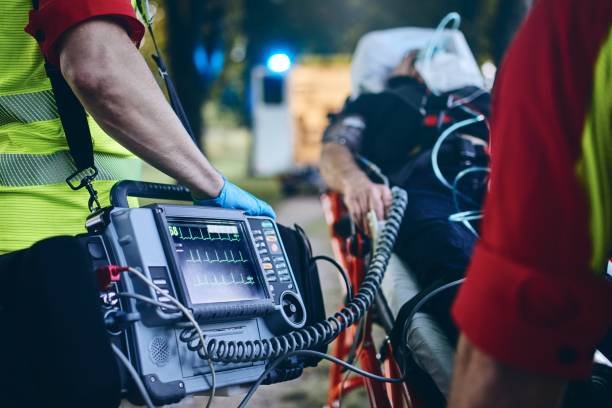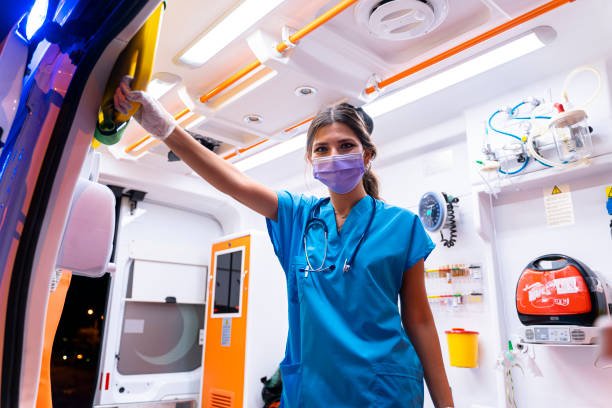Whether official of category C in the public or that he works in a company of medical transport in the area private, the ambulance driver is not only responsible for ensuring the patient transport. First responder in an emergency, like the firefighters, he is a decisive link in the chain of first aid intervention. Attached to paramedical professions, the paramedic must above all assess the urgency of a situation and to assist to an injured, sick or disabled individual. To do this, he must carry out appropriate checks such as taking vital constants (pulse, blood pressure, respiratory rate) for immediate transmission to a local doctor. SAMU (Urgent Medical Assistance Service) or SMUR (Emergency and Resuscitation Mobile Structure). It is the latter who will determine whether the patient should be admitted to the emergency room or hospitalized.

A short but selective training
Depending on the severity of the patient’s condition, theparamedic or theparamedic determines whether it is able to move or whether it should be whiter. Because he is the first responder to the patient, he must know establish a good relationship with it by being both attentive and reassuring. Although he is neither a doctor nor a nurse, the paramedic may be required to stop bleeding, disinfect wounds, administer oxygen or even perform resuscitation procedures. His training at State Ambulance Diploma (DEA) must prepare him for this type of intervention. With an average duration of 6 months for a total of 630 hours, this training alternates between theoretical courses (455 hours) and practical training (175 hours) and follows the admissibility tests written and oral that imply success in paramedic competition. One Internship discovery 140-hour prerequisite must also be completed beforehand.

Although the number of ambulance attendants in France is insufficient to cover recruitment needs, the competition remains very selective since its average success rate is only 20%. He is also trained to use all medical assistance equipment with which his vehicle is equipped. He is also responsible for maintenance his ambulance and the equipment it contains (stretcher, defibrillator, etc.). Its role also includes some administrative tasks relating to the documents to be completed after each intervention. His work dress is determined by the ambulance company that employs him. However, he must equip himself with accessories and personal protective equipment (EPI) such as single-use FFP2 masks, or even FFP3 masks, and possibly protective gloves and safety shoes.

Physical and moral qualities
Forced to exercise his profession at all hours, including weekends and holidays, the ambulance driver is subject to demanding time constraints which involve a real motivation on his part and a long-term commitment. As part of his missions, he must also demonstrate cold blood and know how to make the right decisions, without forgetting to maintain your physical shape to support a work rate supported. Patient transport results in many hours of driving and significant piloting skills. Always under pressure, the paramedic must know inside out the various routes allowing rally as quickly as possible nearby health centers. Indispensable in high-risk areas, such as during sporting events or in winter sports resorts, ambulance personnel must remain close to strategic places to intervene as quickly as possible.

Throughout the journey, the paramedic remains in contact with the emergency doctors in order to inform them of the evolution of the patient’s condition. The transport takes place either in a emergency vehicle either in a light medical vehicle (VSL). In the first case, the patient is taken care of by an ambulance driver supported by a driver which is usually a auxiliary ambulance driver. The latter is then under the responsibility of the ambulance driver who is considered to be leader. The journey must be both fast and comfortable for the good of the patient who can count on the vigilance of the ambulance driver to guarantee the follow-up of his state of health during the transport. Once their destination has been reached, the paramedic must transmit all the information related to the patient’s condition to health professionals who will then take over.

